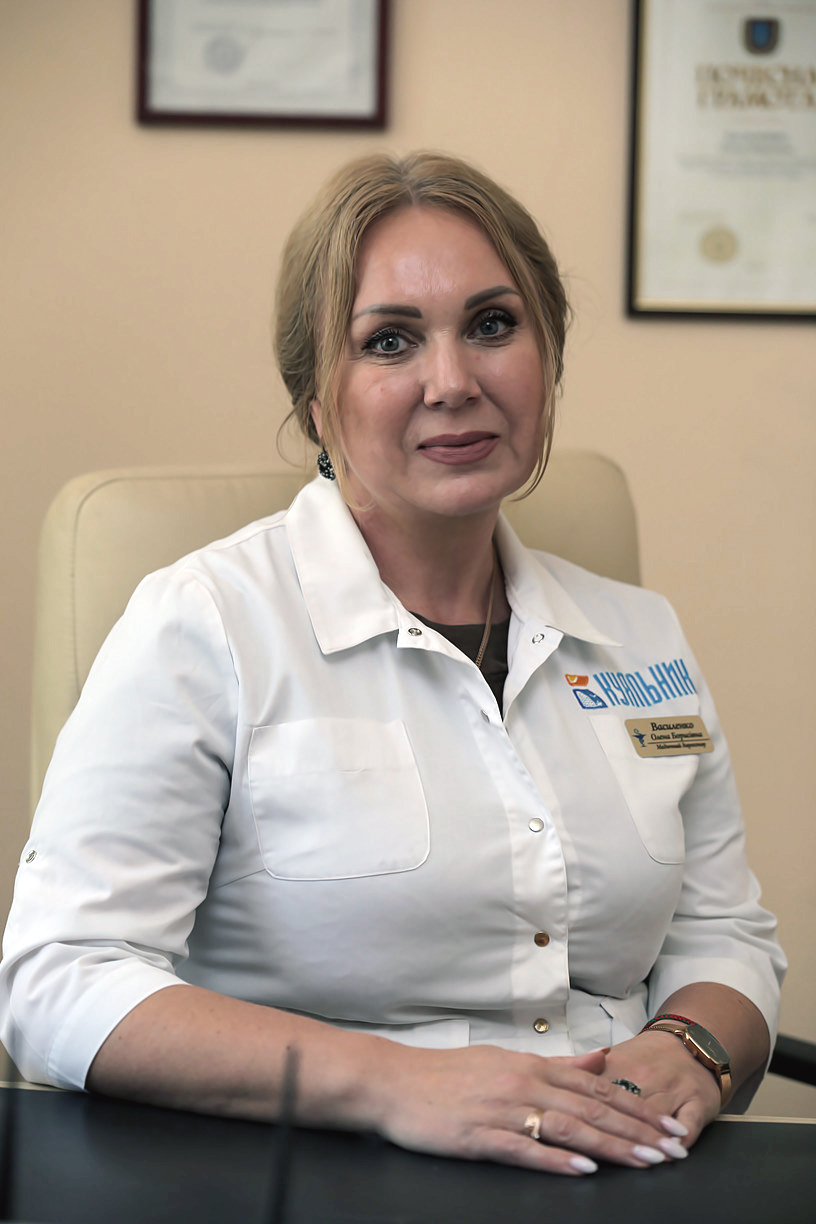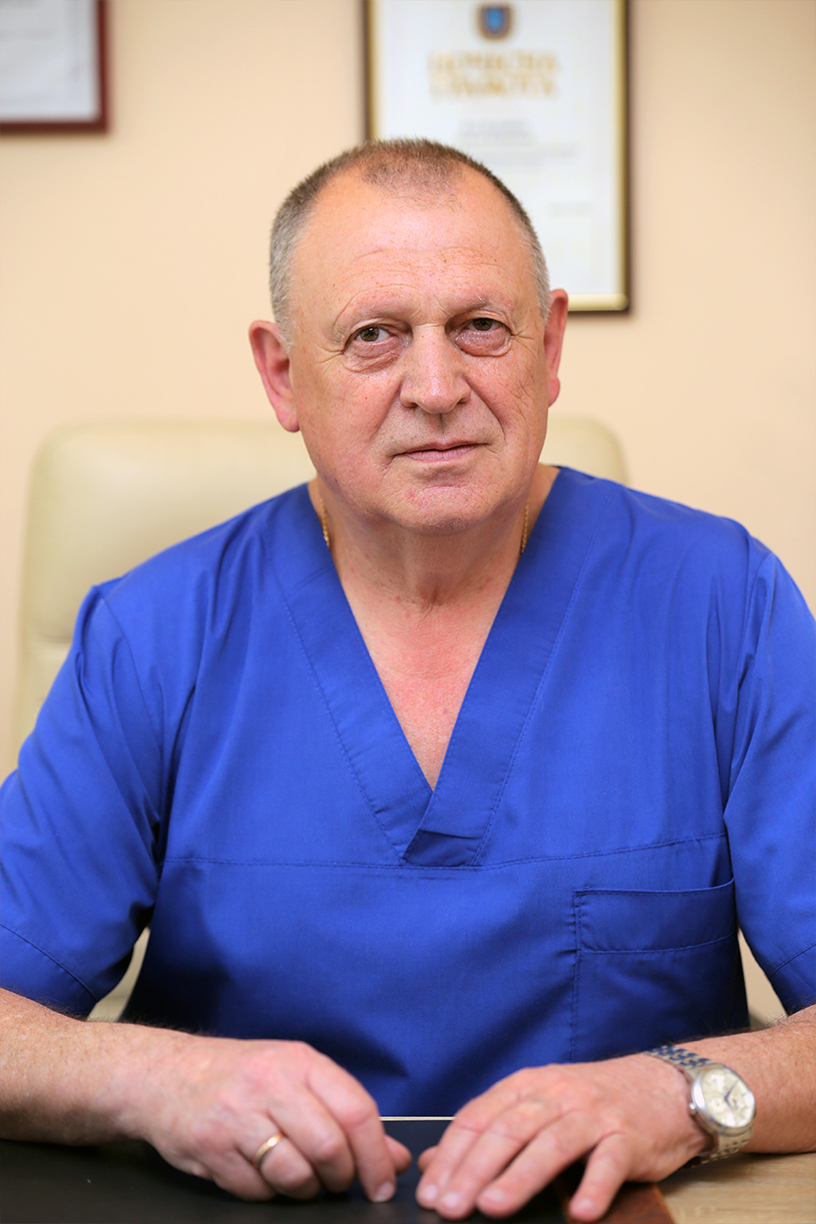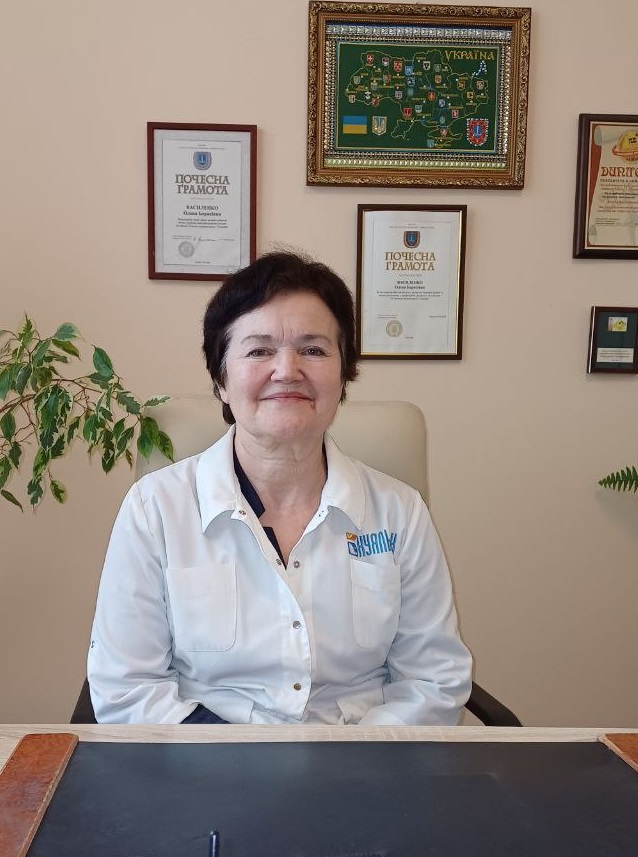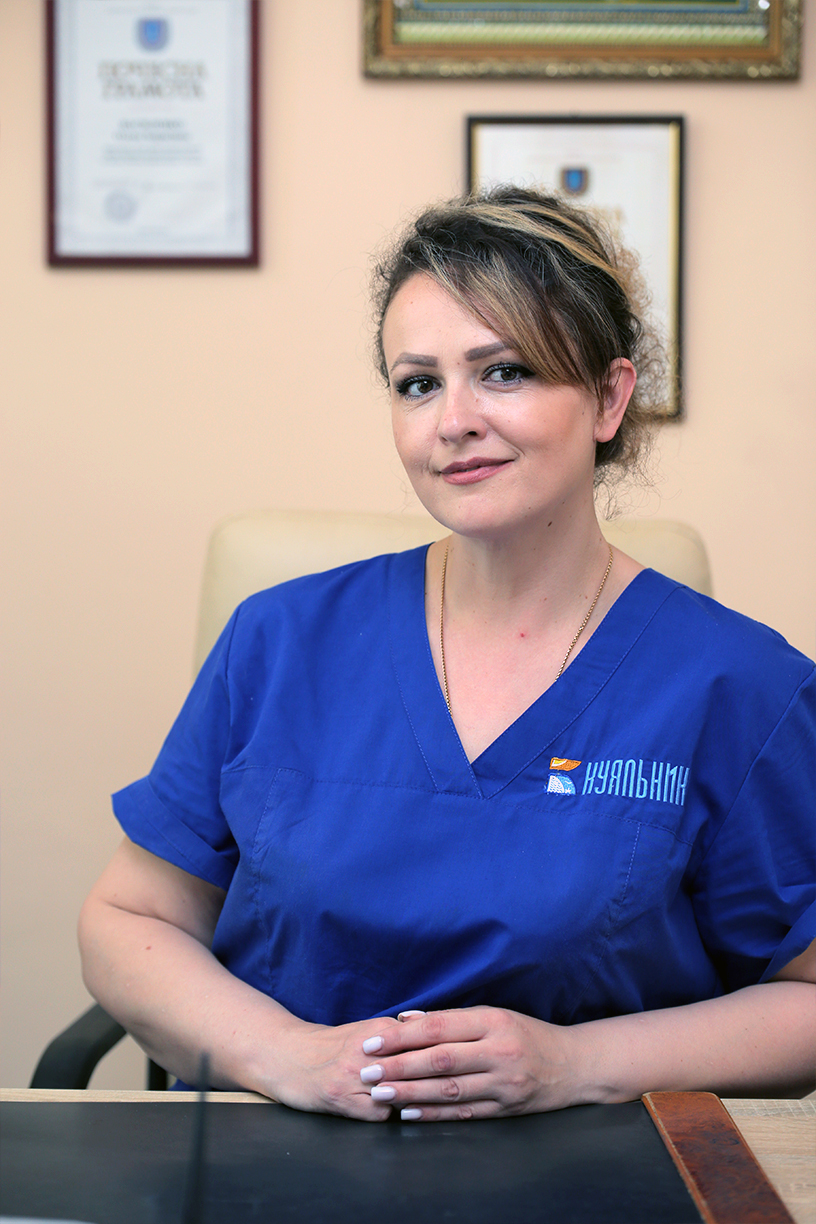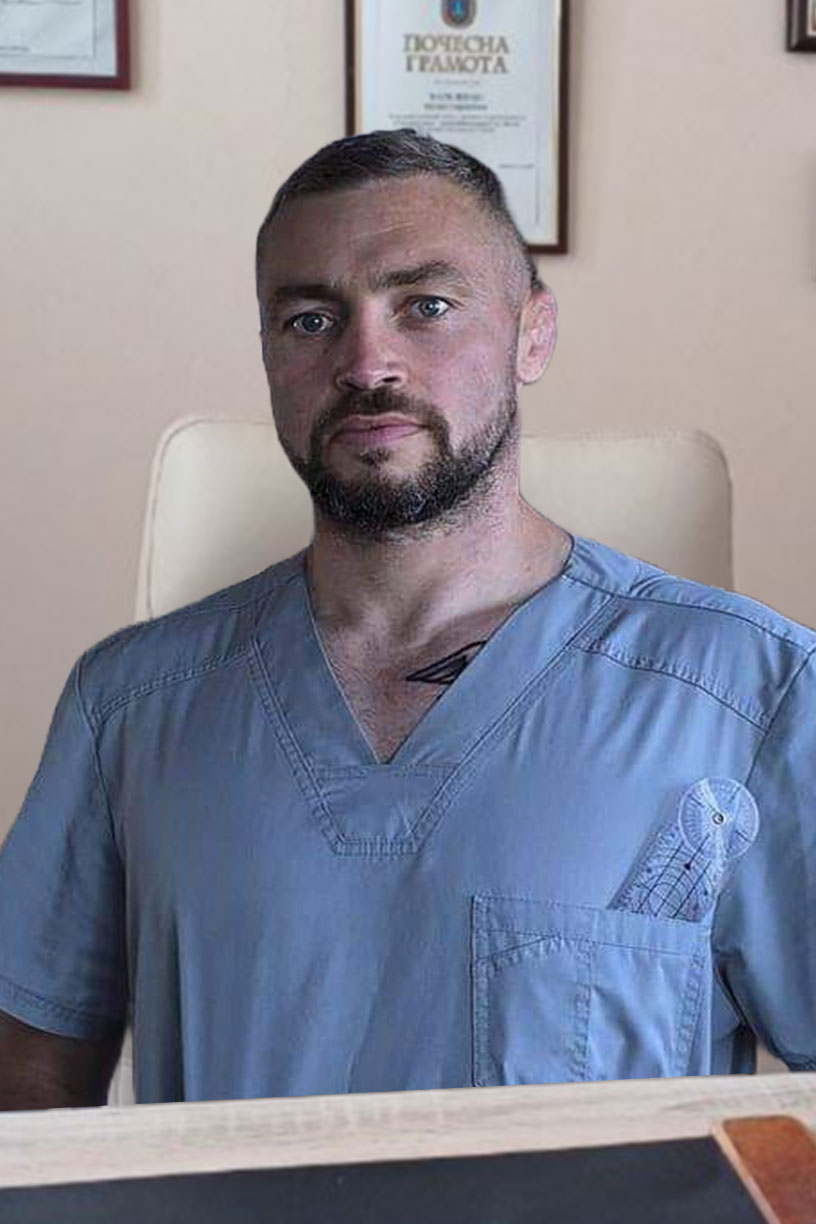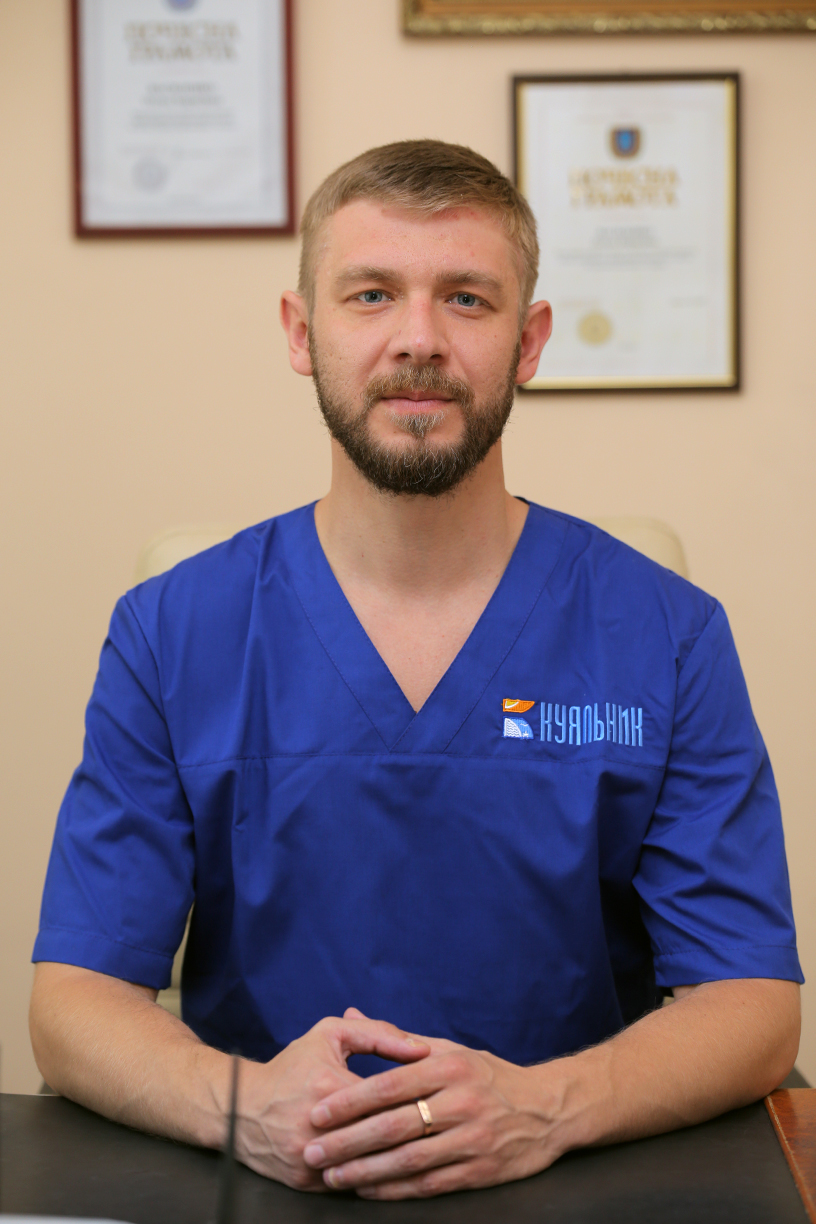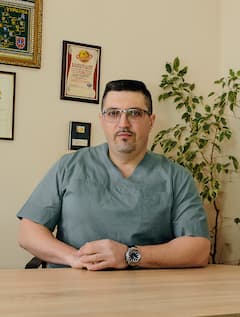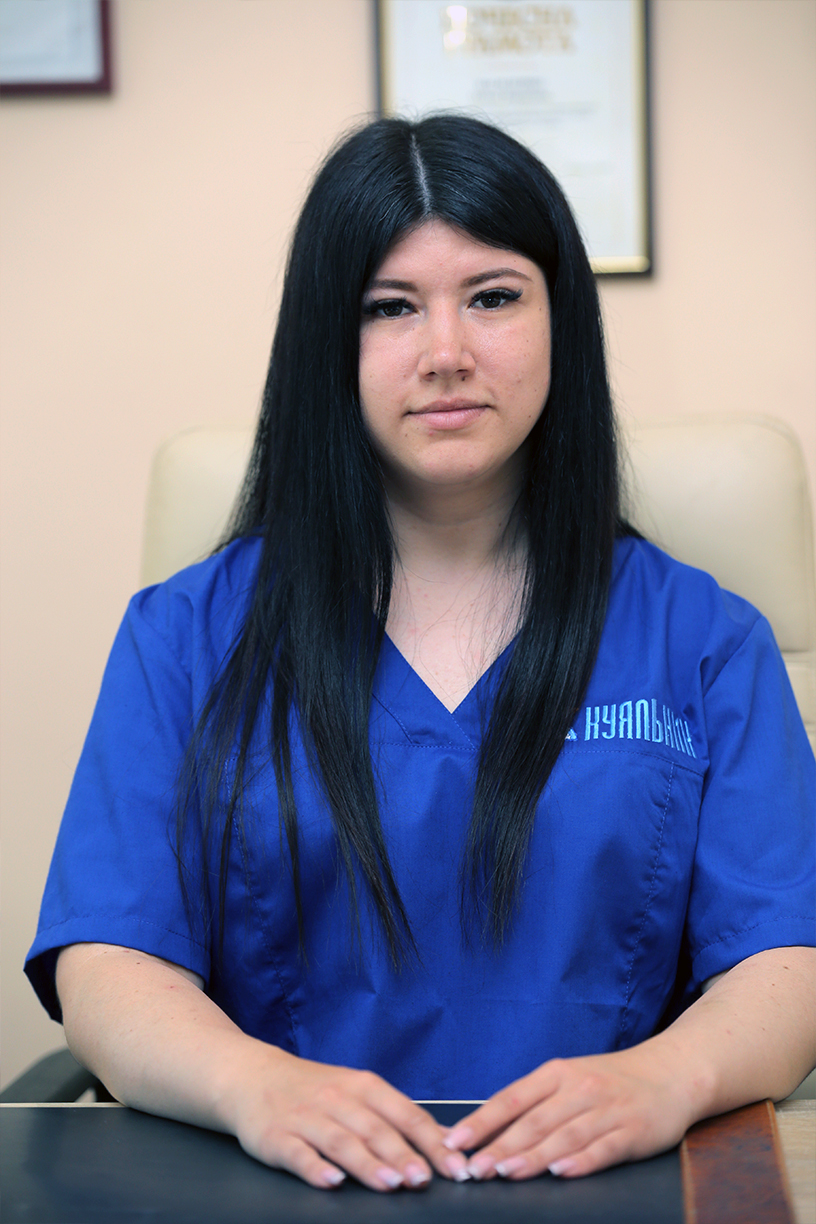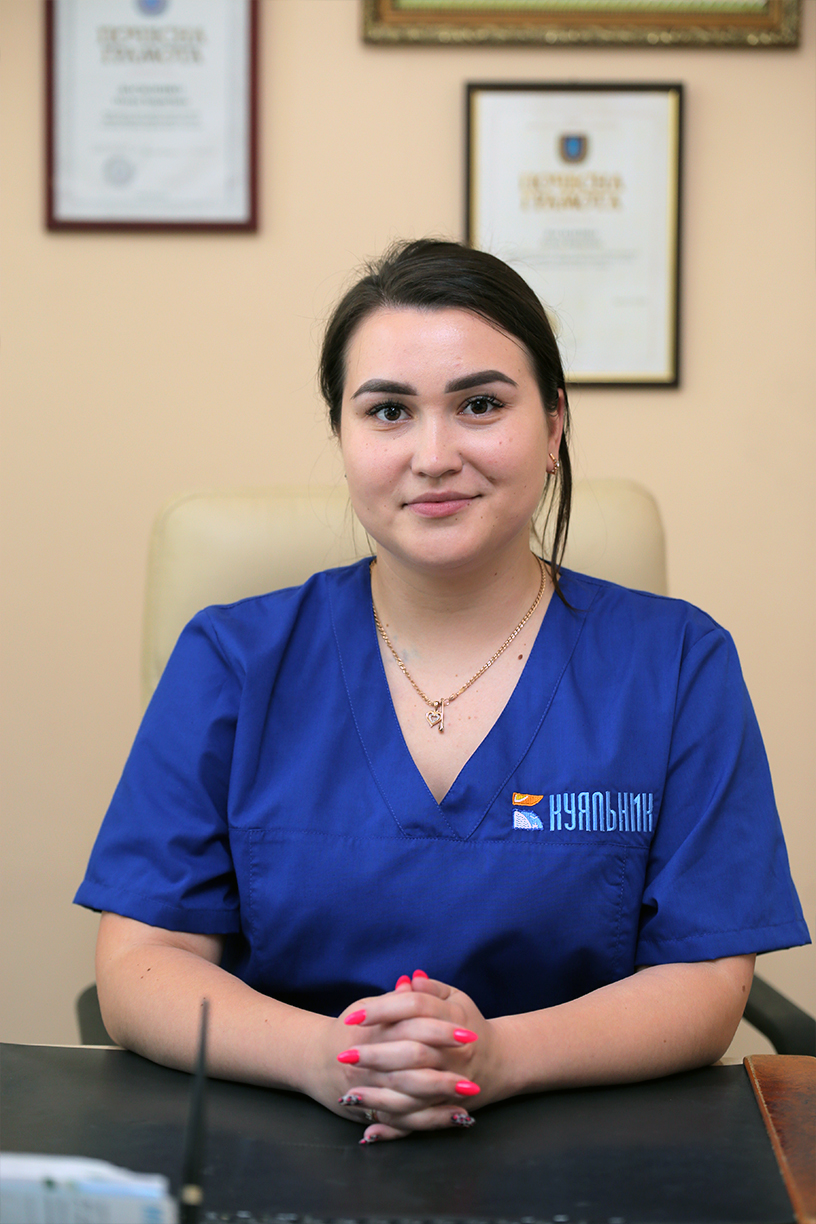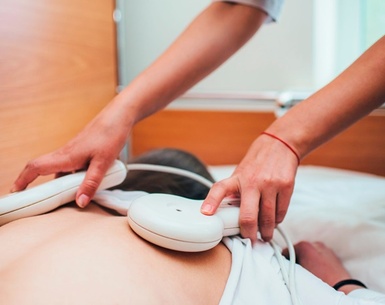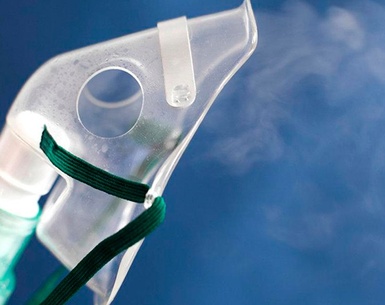Obliterating atherosclerosis of the arteries of the lower extremities is a condition characterized by the complete or partial blockage of arteries by atherosclerotic plaques (cholesterol), leading to impaired blood circulation and ischemia (oxygen starvation) of the extremities. This disease falls under the category of peripheral vascular diseases of the lower extremities, which also includes thrombophlebitis, diabetic foot syndrome, obliterating endarteritis, and varicose veins.
Causes of Obliterating Atherosclerosis
The main causes of obliterating atherosclerosis include:
- Unhealthy diet: Consumption of foods rich in animal fats contributes to the formation of atherosclerotic plaques.
- Smoking and alcohol: Smoking and alcohol abuse negatively affect blood vessels, promoting the development of atherosclerosis.
- Obesity and diabetes: Excess weight and diabetes lead to metabolic disorders and vascular damage.
- Hypofunction of the thyroid gland: Disorders in thyroid function can contribute to the development of atherosclerosis.
- Injuries and frostbite: Damage to the lower extremities can worsen blood circulation and promote the formation of atherosclerotic plaques.
Symptoms of Obliterating Atherosclerosis
Signs of ischemia in the lower extremities include:
- Intermittent claudication: Pain during walking that disappears at rest.
- Numbness and coldness in the legs: A feeling of tightness in the leg muscles when walking.
- Calf muscle cramps: Occur primarily at night.
- Changes in nail color and brittleness: Nails become brittle and change color.
- Ulcers and wounds: The appearance of ulcers at the sites of scratches, bruises, and cuts that heal slowly.
Prolonged course of the disease can lead to gangrene and, as a result, possible amputation of the limb.
Risk Group
The risk group includes:
- Men: The disease is more common in men.
- People with unhealthy diets: Consuming large amounts of animal fats.
- Smokers and alcohol abusers: Smoking and drinking alcohol.
- People with obesity and diabetes: Excess weight and diabetes.
- People with thyroid hypofunction: Disorders in thyroid function.
- People with injuries and frostbite of the lower extremities: Damage to the legs.
Diagnosis and Treatment at Pirogov Sanatorium
At our sanatorium, obliterating atherosclerosis of the lower extremities (OASLE) is successfully treated. The following examinations are performed for patients:
- Rheovasography: Studying blood circulation in the vessels.
- Skin temperature measurement: Assessing the state of blood circulation.
- ECG: Assessing heart function.
- Blood tests: Determining the levels of beta-lipoproteins, cholesterol, and other indicators.
Taking into account the severity of the process, the patient's age, and associated diseases, comprehensive sanatorium-resort treatment is prescribed. The therapeutic complex includes methods of both general impact on the body and local impact on the affected limbs.
Comprehensive Sanatorium-Resort Treatment Includes:
- Daily regimen: Adhering to a daily routine that includes proper rest and physical activity.
- Therapeutic physical training (TPT): A set of exercises to improve blood circulation and strengthen muscles.
- Dosage walking: Regular walks with controlled load.
- Massage: Massage of the lumbar-sacral spine and collar zone to improve blood circulation and relieve tension.
- Physiotherapy: Applying physiotherapeutic procedures to improve blood circulation and reduce inflammation.
- Balneotherapy and mud therapy: Using therapeutic mud and brine from the Kuyalnik Estuary.
Procedures for Patients with Obliterating Atherosclerosis
Patients suffering from atherosclerosis of the lower extremities are prescribed the following procedures:
- Gas-mud baths: Improve blood circulation, relieve inflammation, and strengthen blood vessels.
- Brine baths with rosemary: Help improve blood circulation and relieve inflammation.
- Microwave therapy: Used to improve blood circulation and reduce inflammation.
- Electropuncture: Stimulates biologically active points to improve blood circulation.
- Massage of the lumbar-sacral spine and collar zone: Improves blood circulation and relieves tension.
- Therapeutic physical training (TPT): A set of exercises to strengthen muscles and improve blood circulation.
Sanatorium-resort treatment at the Pirogov Sanatorium, Kuyalnik Resort, offers a comprehensive approach to treating obliterating atherosclerosis of the arteries of the lower extremities. Thanks to highly qualified specialists and an individual approach to each patient, high results and long-lasting positive effects are achieved.

